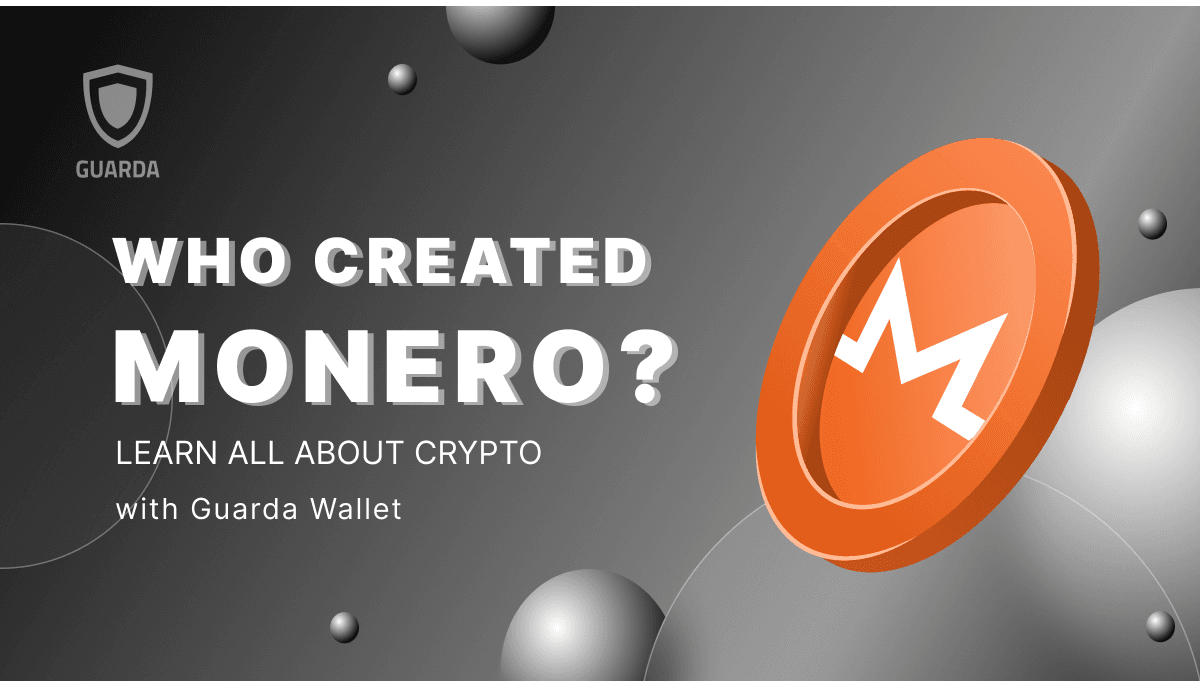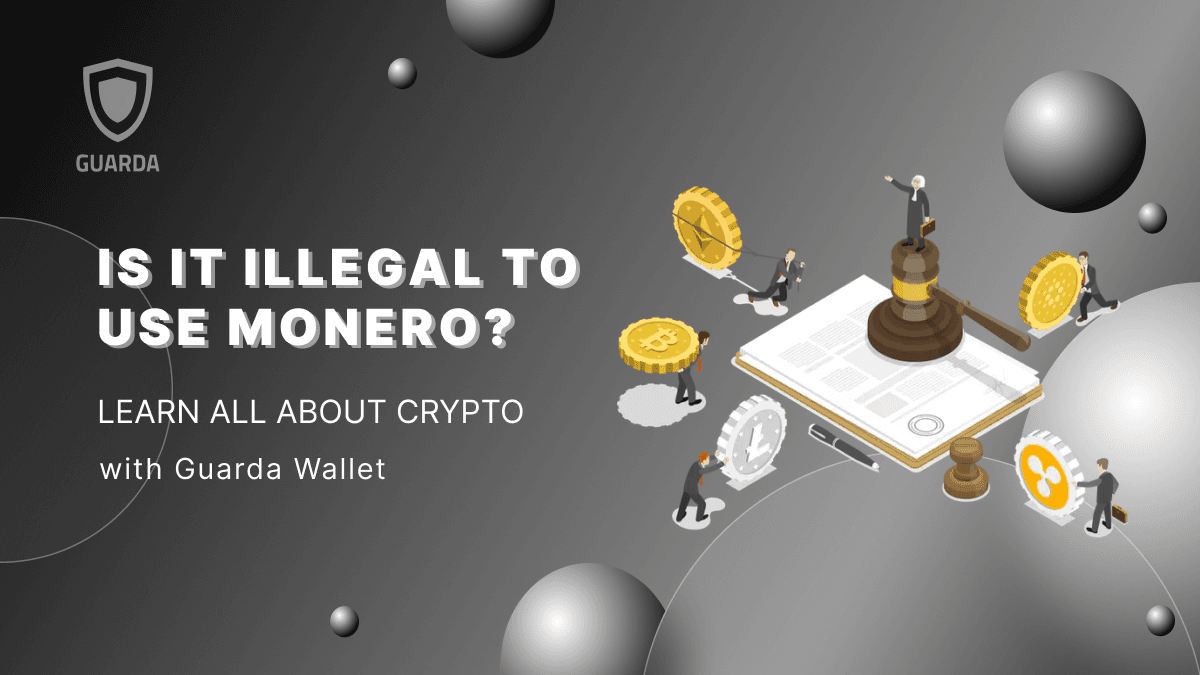Solana and Ethereum are two of the most popular blockchain platforms in the cryptocurrency world. They offer unique features and capabilities that make them suitable for various use cases, ranging from decentralized applications (dApps) to non-fungible tokens (NFTs). However, these platforms differ in various ways, including their consensus mechanisms, transaction processing speeds, and overall scalability. In this article, we will overview the 2 blockchains, explore the differences between Solana and Ethereum, and discuss where to purchase and store SOL and ETH coins.
Key Takeaways
- Solana is a Layer-1 blockchain platform that offers faster speeds and lower transaction costs than Ethereum.
- Solana’s network can process over 65,000 transactions per second with a block time of 400ms. In comparison, Ethereum currently can only process 15 transactions per second. 3. Solana uses a unique proof-of-history consensus protocol based on clock synchronization rather than relying on staking and validation like in Ethereum. This allows for faster verification times and cheaper transactions.
- SOL tokens are used to pay transaction fees on the Solana network, while ether is used to pay fees on the Ethereum network.
- Regarding security, Solana has a novel approach to securing its network called ‘Tower BFT,’ which requires validators to stake SOL to secure the network from malicious attacks and double spends.
| SOL | ETH | |
|---|---|---|
| Market cap | $8.8 billion | $216 billion |
| Launch year | 2017 | 2015 |
| Creator | Anatoly Yakovenko | Vitalik Buterin |
| Safety | While Solana is safe, it has experienced several blackouts in the past for up to 7 hours | Ethereum has had some high-profile security incidents in the past, such as the DAO hack in 2016, which resulted in the loss of millions of dollars worth of ether |
What Is Solana?
Solana is a Layer-1 blockchain platform that aims to provide high-performance, low-cost, and decentralized infrastructure for decentralized applications (dApps). Solana is a highly effective platform for hosting decentralized apps because it supports thousands of transactions per second. The native cryptocurrency of Solana is known as SOL, and it offers both a means of transferring value and blockchain features like staking and paying transaction fees.
The Solana blockchain is generally fast and functions more effectively than many of its rivals, like Ethereum, thanks to its native scalability. However, like any cryptocurrency or blockchain network, Solana has its challenges. Solana’s outages have resulted in the value of the network’s native SOL token falling in the past. It was founded in 2017 and is an open-source project.
Below are the features of Solana.
-
High scalability: Solana is designed to handle a higher transaction volume compared to other blockchain networks, with the ability to process up to 65,000 transactions per second.
-
Fast transaction speed: Solana’s innovative consensus mechanism, called Proof of History (PoH), allows for faster transaction processing times and lower fees, making it an attractive option for developers and users alike.
-
Developer-friendly: Solana supports multiple programming languages, such as Rust, C++, and JavaScript, making it more accessible to developers and allowing for easier integration with existing applications.
-
Ecosystem and community: Solana has a growing ecosystem of decentralized applications and partnerships, as well as a supportive community of developers, users, and investors.
-
The native cryptocurrency: SOL is used for staking, transaction fees, and governance, among other things, and has seen significant growth in value and adoption over the past year.
Read the Solana Guide to Find Out More
What Is Ethereum?
Ethereum is a blockchain platform that allows developers to create decentralized apps (dApps) and smart contracts that may be executed on its network. It was launched in 2015. Ethereum smart contracts are self-executing contracts that run automatically when certain predetermined conditions are met.
Ether is the coin used to pay fees and incentives to Ethereum network participants. In addition, it can be used to transfer value across borders and to other network users. Like other cryptocurrencies, Ether is decentralized, meaning a single authority does not control it.
Below are the features of the Ethereum blockchain.
-
Smart contract platform: Ethereum is primarily known for its ability to execute smart contracts, which are self-executing contracts that can be programmed to trigger actions automatically based on predefined conditions.
-
Decentralized applications (dApps): Developers can use Ethereum to build decentralized applications that are not controlled by any central authority, allowing for increased transparency, security, and censorship resistance.
-
Second largest cryptocurrency: Ethereum is the second largest cryptocurrency by market capitalization, with a market cap of over $216 billion as of March 2023.
-
Ethereum Virtual Machine (EVM): The Ethereum Virtual Machine (EVM) is a runtime environment that allows for the execution of smart contracts on the Ethereum network.
-
Ethereum Improvement Proposals (EIPs): EIPs are proposals for changes or improvements to the Ethereum network, which are reviewed and approved by the community before implementation. EIPs have played a significant role in shaping the evolution of the Ethereum network over time.
Where to Store SOL and ETH Securely?
Guarda Wallet is a multi-currency wallet allowing users to securely store, manage and exchange cryptocurrencies, including SOL, ETH, and other 400k+ assets. Since Guarda Wallet is non-custodial, users always have complete control over their private keys and funds without needing a third-party custodian. It is available as a web-based, desktop, and mobile application, allowing users to access their funds on various devices.
Guarda Wallet can also be used in conjunction with a ledger hardware wallet. Guarda Wallet incorporates various security features, such as biometric login and PIN code protection, to ensure the safety of user funds. In addition, Guarda Wallet is a secure and user-friendly option for storing and managing SOL and ETH tokens, with a range of features and integrations designed to ensure the safety of user funds.
Differences Between Solana and Ethereum
Solana (SOL) and Ethereum (ETH) are popular blockchain networks. Still, they have some key differences, which will discuss in this section based on smart contracts, token addresses, consensus algorithms, transaction fees, scalability, and transaction speed.
Smart Contracts
Ethereum and Solana support smart contracts and decentralized applications (dApps). Still, Ethereum is more established in this area and has a larger developer community.
Token Addresses
On Ethereum, token addresses are represented by the Ethereum address format, a 42-character string starting with “0x”. The first 20 characters represent the token contract address, while the remaining characters represent a unique identifier for a specific token.
On Solana, token addresses are represented by the Solana Address format that starts with a number and a letter, e.g., ‘5f.’ The address is a 44-character string long consisting of a public key and a program ID. The public key is used to identify the token owner. In contrast, the program ID is used to identify the token program on the Solana network.
Consensus Algorithm
Solana uses a proof-of-stake (PoS) consensus mechanism called Proof of History (PoH), allowing faster transaction processing and lower fees. As of September 2022, Ethereum uses the PoS consensus mechanism.
Transaction Fees
Transaction fees on Solana are generally lower than on Ethereum (ETH), especially during periods of high network congestion on Ethereum. This is due to Solana’s efficient PoH consensus mechanism, which allows faster transaction processing times and lower fees. As a result, Solana’s fees are generally lower and more predictable, making it a more cost-effective option for users and developers.
On Ethereum, transaction fees are determined by market demand and network congestion, with fees increasing during periods of high activity. This has resulted in high gas fees, especially for popular DeFi applications and NFT transactions.
Scalability
Solana has higher scalability than Ethereum, which can handle up to 65,000 transactions per second. In comparison, Ethereum can process up to 15 transactions per second.
Transaction Speed
Solana’s innovative PoH consensus mechanism allows for faster transaction processing times. At the same time, Ethereum has had issues with slow transaction speeds and high gas fees during network congestion.
How to Buy, Sell, or Exchange SOL and ETH tokens?
You can buy, sell, and exchange these tokens on Guarda. After following the steps under the heading ‘Where to Store SOL and ETH Securely?’, making these transactions is a breeze. To exchange SOL and ETH,
- Just click on either of the coins on the Guarda Wallet platform and hit the ‘Buy’ button.
- Choose the payment partnership since it determines the verification process, time, and payment method.
- Click ‘Buy’ and choose the payment method; Guarda supports Visa/Mastercard, Google Pay, and SEPA transfer.
- Go through the verification process, and once you have confirmed the information, pay for the tokens. Once the transaction is confirmed, the funds will appear in your wallet. You can refresh the page and check the transaction history to confirm.
To exchange SOL and ETH,
- Click the token and choose the exchange action or go directly to the ‘Exchange’ section of the app.
- Type the one you wish to convert in the ‘I have’ bar—SOL and ETH. Then, input the asset you want in the ‘I want’ bar and click exchange.
- Type in the recipient’s address and confirm the transaction. You are good to go. The assets you swapped for will appear in your wallet.
Create SOL and ETH Wallets Now!
Conclusion
Solana and Ethereum are two popular blockchain networks with different approaches to scaling and consensus. Solana uses a unique proof-of-history consensus algorithm for high transaction throughput and low fees. In contrast, Ethereum currently uses a proof-of-work algorithm but is transitioning to a proof-of-stake algorithm for greater efficiency. Both networks have their strengths and weaknesses, and the choice between them ultimately depends on the project’s specific use case and requirements. For example, Solana may be a better option for applications that require fast, low-cost transactions. At the same time, Ethereum may be more suitable for projects prioritizing decentralization and smart contract functionality. Ultimately, the success of both networks will depend on adoption by developers and users alike.
FAQ
1. What is better: Ethereum or Solana?
Solana may be a better choice for fast, low-cost transactions. At the same time, Ethereum may be preferable for projects requiring a high level of decentralization and advanced smart contract functionality.
2. Is Solana more secure than Ethereum?
It is difficult to directly compare the security of Solana and Ethereum as they have different approaches to consensus and security. Both networks have their strengths and weaknesses, and the level of security ultimately depends on the specific implementation of each network and how well they are maintained and secured.
3. Why was Solana called the next Ethereum?
Solana was called the next Ethereum due to its unique features, such as high transaction throughput and low fees, that make it a potential competitor to Ethereum. In addition, Solana’s proof-of-history consensus algorithm and ability to execute smart contracts are similar to Ethereum, making it a viable alternative for developers looking for a more scalable blockchain network.



